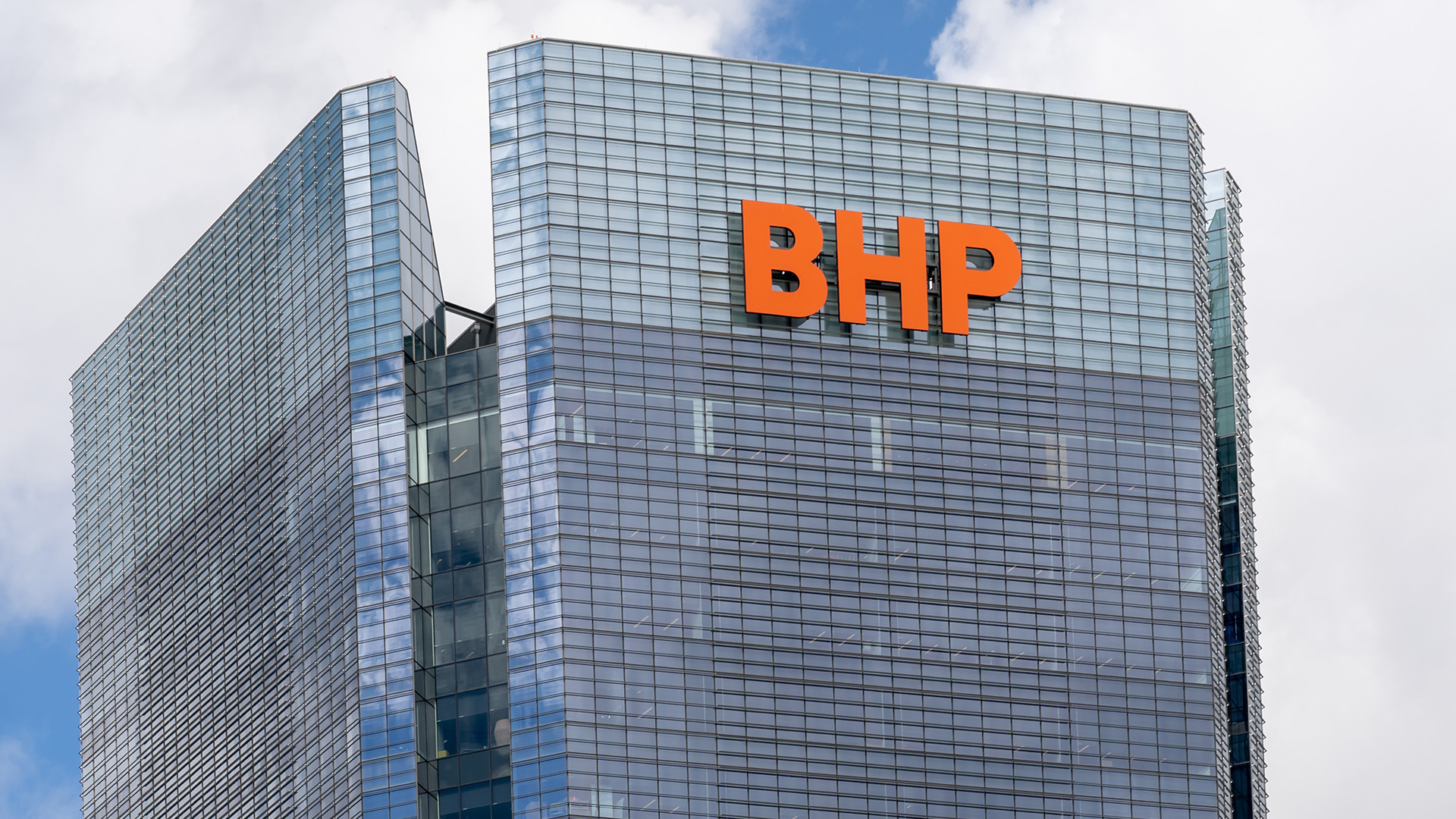Stockmarkets bounced in late trading Friday, holding out the hope for a better start this week.
New York reversed an initial fall of more than 1.3% to end up 1.2%-1.5%.
Industrial commodities like copper, rose as well as investors gambled that the recent financial turmoil and fiscal troubles in the eurozone would not upset global growth.
That’s the big question to which we will only find the answer to later in the year.
But big investors are not convinced that Europe will be the place to be.
Last Friday we brought you the news of a rapid reversal in sentiment among big global and regional investors.
Over the weekend, more news on this rejection with big investors withdrawing a reported $US12 billion from US and European equity funds in the week to last Wednesday.
Bloomberg said that was the biggest weekly withdrawal in almost two years.

The worry is the way US investors have quit equity funds (probably to go into cash).
Bloomberg said $US4.8 billion drained from European equity funds, $US7 billion from American funds and $US284 million from Japanese equity funds over the week.
So it’s a general unease with equities, not just Europe.
No wonder the Aussie dollar took a battering last week with this level sort of selling going on in sharemarkets to raise the funds being redeemed.
Despite the rebound in sharemarkets on Friday and the better tone for commodities like copper, the real trend was seen from another sharp drop in the yield on US 10 year bonds: down 0.06% on the day to 3.20%.
Friday morning the yield hit 3.10% amid the fear and loathing that was driving the sell-off Thursday and early Friday.
They then bounced to close at 3.20% in the afternoon recovery.
The demand for US bonds will make this week’s auctions of $US113 billion of stock by the US Treasury probably the easiest task anywhere.
The euro finished the week with a small gain, closing at $US1.2570: it had hit a low of $US1.2144 on Thursday.
That firming helped steady wobbling commodity markets on Friday.
Friday also saw European finance ministers agree to stiffen sanctions on high-deficit countries, but they ruled out setting up a mechanism to manage sovereign (state) defaults, saying no euro country will be allowed to reneg on its debts.
That was after four hours of talks in the wake of the German parliament approving that country’s part in the eurozone’s 750 billion euro bail-out package.
Jean-Claude Trichet, head of the European Central Bank, appeared in print, telling a German newspaper: “The euro is not in danger”.
That seemed to lessen concerns about ECB intervention to support the euro, but the real support had come from the Swiss National Bank during the week as it intervened to put a lid on the rising value of the franc as nervous investors sought a bolt hole in Switzerland or the US.
All these factors combined to leave an impression by the close of trading in the US that was more positive than at the start of the day in Asia.
Perhaps the best indicator of the change in sentiment was the Aussie dollar.
Traders now regard the currency as one of the best indicators of the risk appetite among traders, especially those looking for a commodity play on China.
The Aussie was up 1.8% against the greenback to 83.18 USc after falling about 10%.
That was only slightly higher than the close in Sydney of just over 83 USc, but a long way from the week’s low of well under 82 USc.













